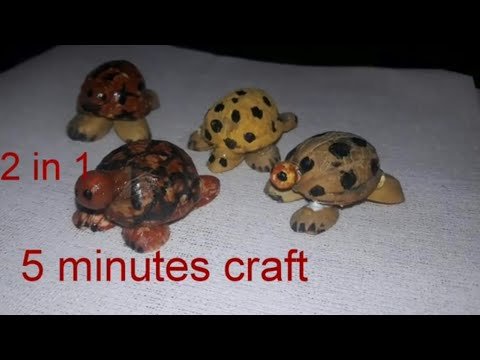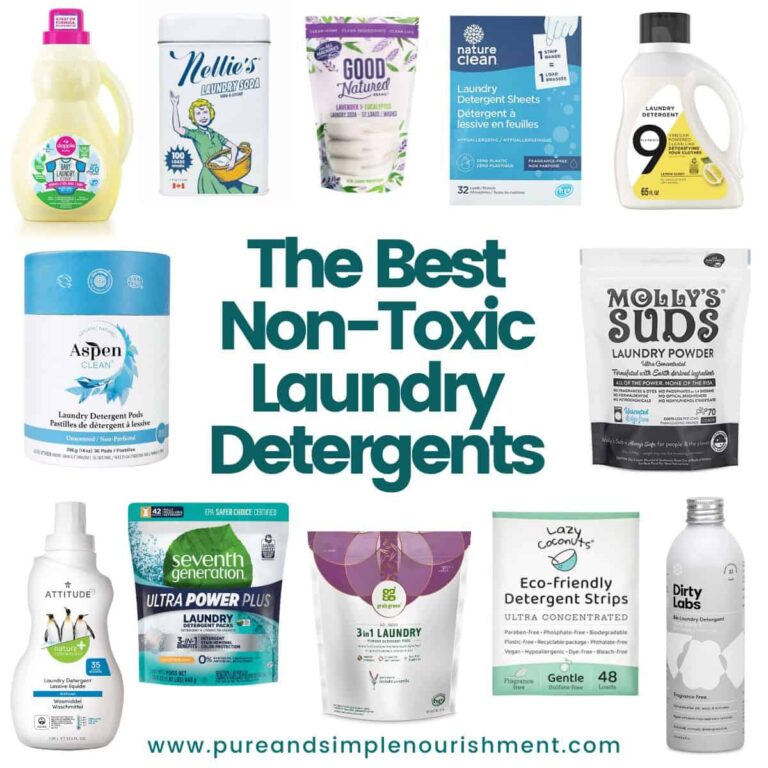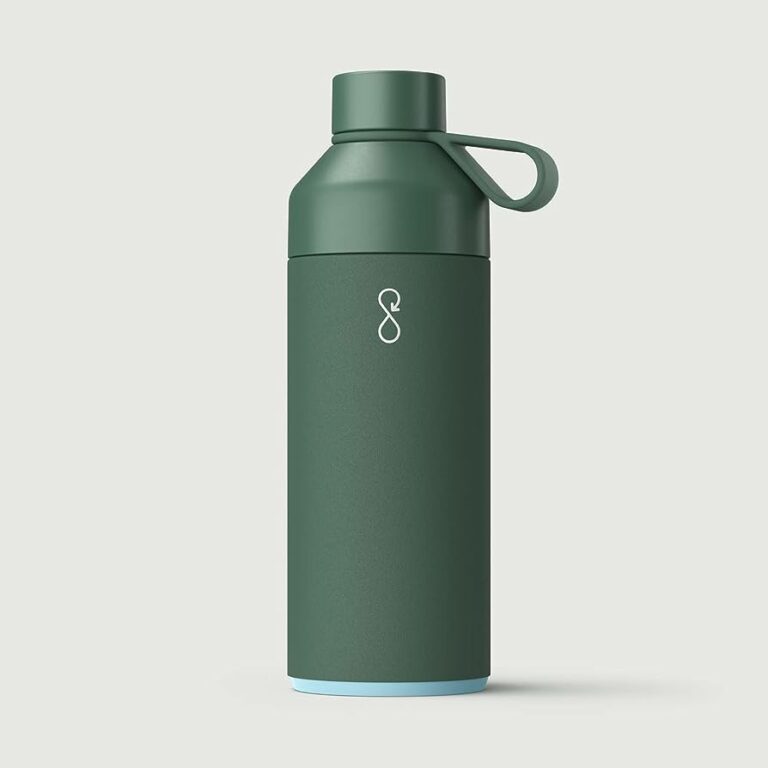How to Make Eco-Friendly Toys at Home
Today we discuss How to Make Eco-Friendly Toys at Home. You’re in luck! Today, we’re going to show you how to make eco-friendly toys at home. It’s easier than you think, and not only will it keep your children occupied, but it’s also a great way to teach them about sustainability and the importance of reducing waste. So, grab some simple materials and get ready to unleash your creativity while making eco-friendly toys that your kids will love!
How to Make Eco-Friendly Toys at Home
Now that we understand the importance of protecting our environment, finding eco-friendly alternatives in every aspect of our lives has become essential. Toys, for instance, can often be made from materials that harm the environment. However, with a little bit of creativity and some readily available materials, you can make eco-friendly toys at home. Not only will this help reduce waste, but it will also provide a fun and educational activity for you and your children. In this article, we will explore different methods and ideas on how to make eco-friendly toys at home.
1. Repurposed Material Toys
One of the best ways to make eco-friendly toys is to repurpose materials that you already have at home. It not only minimizes waste but also encourages creativity and resourcefulness. Here are some ideas:
a) Cardboard Box Town
Transform a cardboard box into a miniature town by cutting out doors, windows, and other details. Add recycled paper or fabric for colorful decorations. Your child can use small toys and figurines to create their own stories and adventures in this cardboard box town.
b) Bottle Cap Mosaic
Collect colorful bottle caps and create a beautiful mosaic by arranging them on a piece of recycled cardboard. Encourage your child to experiment with different patterns and colors. This activity promotes fine motor skills and creativity while reducing waste.
c) Tin Can Drums
Clean empty tin cans and wrap them with colorful duct tape or recycled paper. Attach a balloon or a fabric cover to one end with a rubber band, creating a drumhead. Your child can now enjoy playing their homemade drums, promoting rhythm and coordination.
2. Natural Material Toys
Using natural materials for toys not only reduces waste but also connects children with nature. Here are a few ideas for eco-friendly toys made from natural materials:
a) Nature Scavenger Hunt
Encourage your child to go on a nature scavenger hunt in your backyard or a nearby park. Create a checklist of items they can find, such as pinecones, leaves, rocks, or twigs. They can use these materials to create beautiful artwork or use them to build imaginative play scenes.
b) Twig Building Blocks
Gather sturdy twigs or small branches and cut them into equal-sized pieces. Sand down any rough edges, and your child will have their own set of building blocks that can be used to construct houses, forts, or bridges. This activity promotes creativity, problem-solving, and fine motor skills.
c) Woolen Animals
Using some wool, fabric scraps, and a felting needle, you can create adorable animals. Begin by shaping the wool into the desired animal form, using the felting needle to intertwine the fibers. Add fabric scraps for eyes, ears, and other details. This craft allows your child to explore different textures while creating their very own woolen animals.
3. Sensory Play Toys
Sensory play is essential for a child’s development, and making eco-friendly sensory toys at home is easy. Sensory toys engage multiple senses and stimulate brain development. Here are a few ideas:
a) Homemade Playdough
Make your own playdough using natural ingredients like flour, salt, water, vegetable oil, and food coloring. Mix the ingredients together, adding the food coloring gradually until you achieve the desired color. This homemade playdough is safe, non-toxic, and can provide hours of creative play.
b) Sensory Bottles
Fill plastic bottles with a variety of materials such as rice, colored water, glitter, or beads. Secure the lids tightly, and your child can shake, roll, and explore these sensory bottles. Sensory bottles provide visual stimulation, promote hand-eye coordination, and are perfect for calming activities.
c) Natural Sensory Bins
Create a sensory bin using natural materials like sand, shells, pinecones, or dried leaves. Add small shovels, scoops, and containers, and watch your child engage in imaginative play. Sensory bins provide tactile stimulation, enhance fine motor skills, and allow children to explore different textures and natural elements.
4. Upcycled Fabric Toys
Transform old fabrics into fun and eco-friendly toys. It not only reduces waste but also encourages sustainability and creativity. Here are a few ideas:
a) Fabric Scraps Stuffed Animals
Use fabric scraps or old clothing to create unique stuffed animals. Cut out shapes, sew them together, and stuff them with old pillow stuffing or fabric scraps. Your child can personalize their stuffed animals by adding buttons for eyes, yarn for hair, or fabric for clothing. This activity encourages creativity and sewing skills.
b) DIY Fabric Dolls
Create your own fabric dolls using old socks or fabric scraps. Cut out the shape of the doll, sew it together, and stuff it with fabric scraps or old t-shirts. Your child can then decorate the doll with markers, yarn, or fabric scraps to bring their creation to life.
c) Patchwork Quilts
Gather old fabric scraps and sew them together to create a patchwork quilt. This project not only involves your child in the creative process but also teaches them about recycling and repurposing. The quilt can be used as a cozy blanket for playing or as a decorative element in their room.
By engaging in these activities and making eco-friendly toys at home, you not only reduce waste but also provide your child with a valuable lesson on sustainability. These toys foster creativity, imagination, and problem-solving skills, all while promoting environmental consciousness. Let’s embrace the idea of creating a cleaner and greener world one toy at a time!
How to Make a Plastic Bottle Toy | DIY Toys for Kids
Frequently Asked Questions
How can I make eco-friendly toys at home?
Making eco-friendly toys at home is a fun and sustainable way to entertain your children. Here are a few ideas to get you started:
What materials can I use to make eco-friendly toys?
You can use a variety of materials to make eco-friendly toys, such as recycled cardboard, fabric scraps, bamboo, natural dyes, and non-toxic paints. By using these materials, you can reduce waste and create safe toys for your kids.
Are there any simple DIY eco-friendly toy ideas?
Yes, there are plenty of simple DIY eco-friendly toy ideas. You can create sensory bottles using recycled plastic bottles and various materials, make stuffed animals from old clothes and fabric scraps, or build a marble run using recycled cardboard tubes.
How can I ensure the toys I make are safe for my kids?
To ensure the toys you make at home are safe for your kids, it’s important to choose non-toxic materials and avoid small parts that can be a choking hazard. You should also carefully inspect the toys for any sharp edges or loose parts before giving them to your children to play with.
Are there online resources or tutorials available for making eco-friendly toys?
Yes, there are many online resources and tutorials available that provide step-by-step instructions for making eco-friendly toys. You can find blogs, websites, and YouTube channels dedicated to eco-friendly crafts and DIY toy making. These resources can provide inspiration and guidance for your own creations.
Can I involve my children in making eco-friendly toys?
Absolutely! Involving your children in the process of making eco-friendly toys not only encourages their creativity but also teaches them about the importance of sustainability. You can let them choose materials, design their own toys, or help with simple tasks such as cutting or painting. It’s a great way to spend quality time together while promoting eco-consciousness.
Final Thoughts
In conclusion, creating eco-friendly toys at home is an accessible and sustainable way to promote a greener lifestyle while also engaging children in meaningful play. By utilizing natural and recycled materials, such as cardboard, fabric scraps, and non-toxic paints, parents can encourage their children’s creativity and imagination while minimizing environmental impact. Making eco-friendly toys at home not only reduces waste and supports recycling efforts but also fosters a deeper connection with the natural world. So, next time you’re looking for a fun and eco-conscious activity, remember that making eco-friendly toys at home is a simple and rewarding way to promote sustainability and teach valuable lessons to the next generation.



